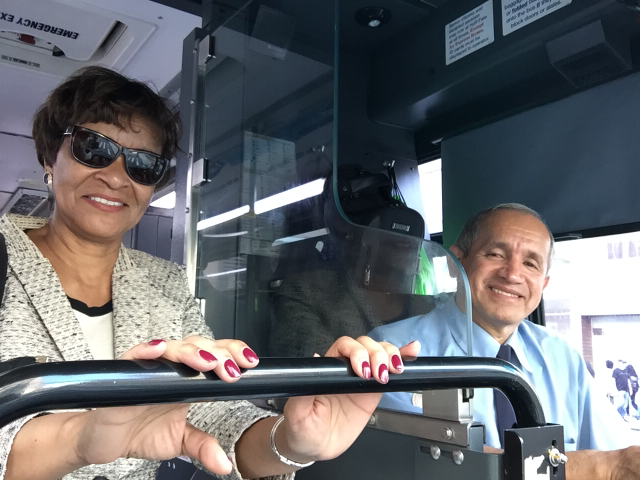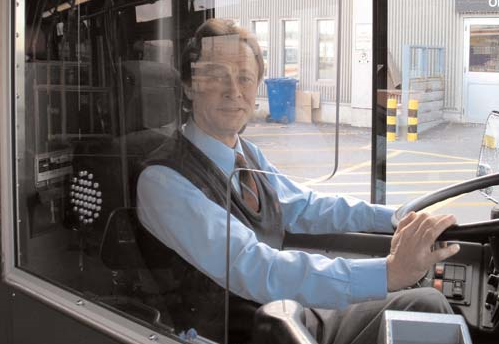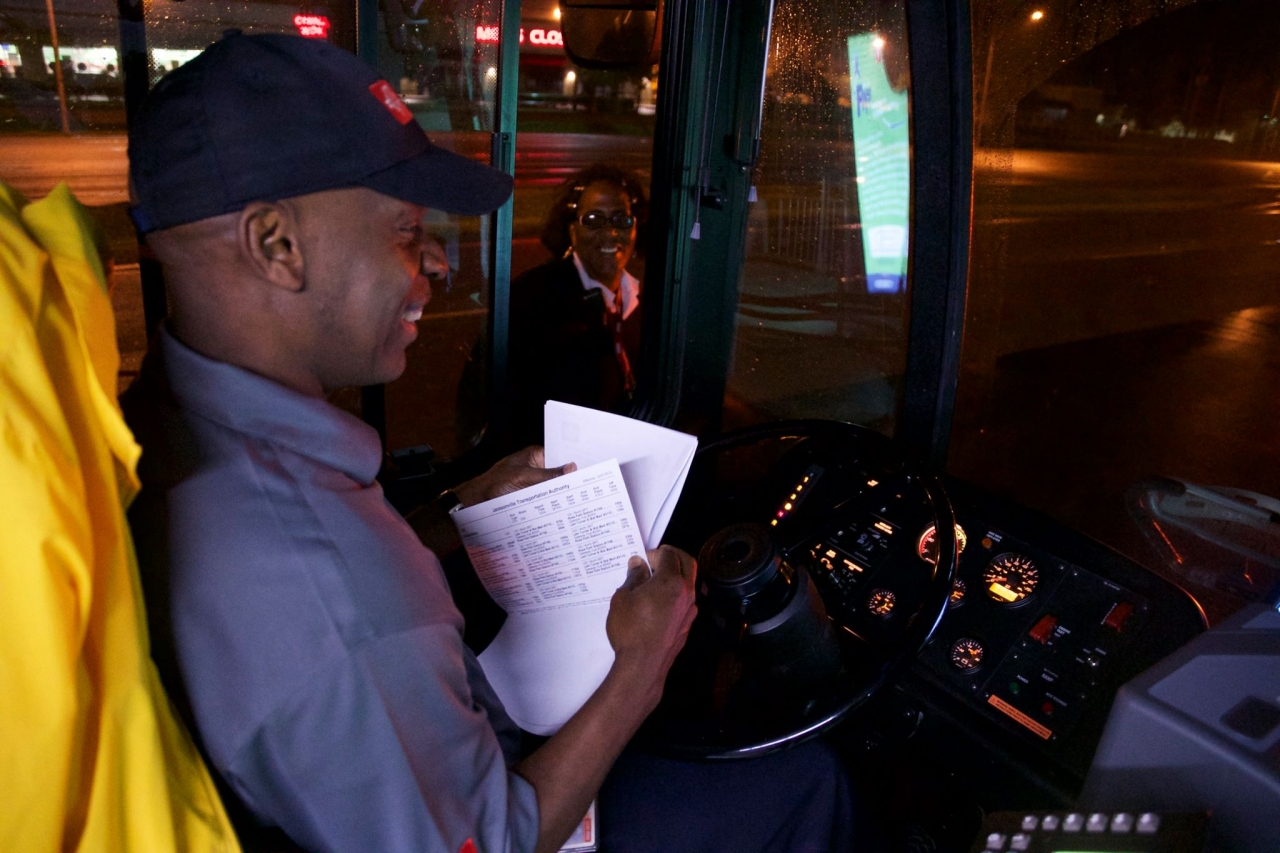FTA Hears You: Feedback from the National Dialogue on Preventing Transit Worker Assault
At the Federal Transit Administration (FTA), we want transit agencies to provide the safest working conditions possible for transit workers across the country. We take the safety of transit workers as seriously as we take the safety of passengers.
This summer, FTA launched the National Online Dialogue on Transit Worker Assault, a platform allowing industry leaders, transit employees, and concerned citizens to share valuable ideas on preventing and mitigating assaults on transit workers.
I have a message for everyone who participated in the online dialogue: FTA hears you. Transit worker assault is a serious, often-underreported issue, and there are many measures available to address it.

In addition to the Online Dialogue, I recently visited New York City to learn how the nation’s largest transit system is addressing the problem of assaults on transit workers. I traveled by both bus and subway to observe operator/passenger interactions first-hand and see mitigation measures in use, such as protective barriers that shield the bus operator.
All of these experiences will help FTA develop a Notice of Proposed Rulemaking (NPRM) to establish rail and bus safety standards, practices, or protocols for protecting rail and bus operators, and all transit workers, from the risk of assault.
A Notice of Proposed Rulemaking is a necessary step in federal rulemaking, intended to allow federal agencies to gather feedback from affected communities before putting a Final Rule into effect. FTA intends to issue the NPRM on transit worker assault, required by the Fixing America’s Surface Transportation (FAST) Act, in early 2017.

This proposed rule is intended to foster solutions to protect transit workers from any assault, no matter what form it takes. Verbal assaults, including threats and harassment, are reported by transit workers to be just as much of a problem as violent or physical assaults.
To help us address in these issues in the forthcoming NPRM, we received a strong response to our Online Dialogue from the transit community. When the Online Dialogue concluded in August, more than 130 participants had contributed to the discussion, representing large urban and small rural transit agencies alike.
Of the nearly 60 ideas put forward by dialogue participants, one topic stood out above all others: passenger fare disputes. Several potential prevention strategies were discussed, including enhancing fare policy, removing fare enforcement from the drivers, and automating fare collection.
Dialogue users also commented on the need for fully-functional, modern technology such as radios, protective barriers, and video surveillance equipment to ensure the safety of transit workers. Other proposed mitigations included de-escalation training for transit workers, passenger education campaigns, legal remedies, and increased police presence or a dedicated transit police force.

These varied and numerous contributions remind us that transit worker assault is not a problem without a solution. It’s a problem with many possible solutions.
The Online Dialogue’s strong participation confirmed the need to address this vital safety topic, and enabled FTA to achieve our intended purpose: to capture advice and ideas that will inform our thinking as we develop the proposed rule.
In drafting the NPRM, FTA will use the Safety Management System (SMS) approach. SMS, the foundation of the FTA Safety Program, builds on existing transit safety practices by using data to proactively identify, avoid, and mitigate risks to safety.
Over the coming months, FTA will identify the best possible solutions to incorporate into our proposed rule on transit worker assaults, and we will provide updates to the transit industry as our progress continues.
For additional information on this issue, please review a recent U.S. DOT Transit Advisory Committee for Safety report: Preventing and Mitigating Transit Worker Assaults in the Bus and Rail Transit Industry.



Post new comment
Comments